Anybody has experience with Super Root Air-Pot
yellowthumb
15 years ago
Related Stories
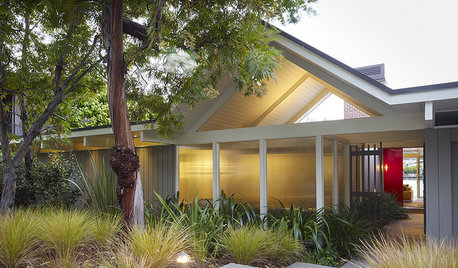
ARCHITECTURERoots of Style: Midcentury Styles Respond to Modern Life
See how postwar lifestyles spawned a range of styles, including minimalist traditional, ranch, split level and modern shed. What's next?
Full Story
REMODELING GUIDESOne Guy Found a $175,000 Comic in His Wall. What Has Your Home Hidden?
Have you found a treasure, large or small, when remodeling your house? We want to see it!
Full Story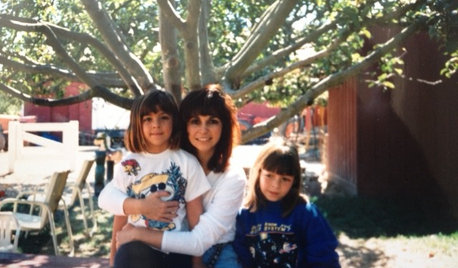
LIFEHouzz Call: What Has Mom Taught You About Making a Home?
Whether your mother taught you to cook and clean or how to order takeout and let messes be, we'd like to hear about it
Full Story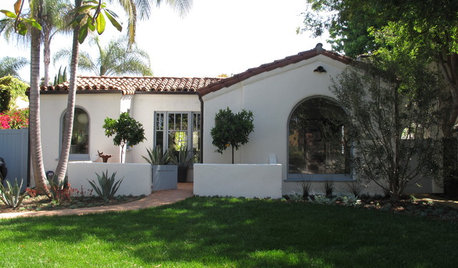
ARCHITECTURERoots of Style: Many Cultures Make Their Marks on Mediterranean Design
If you live in California, Florida or certain other parts of the U.S., your architecture may show distinct cultural influences
Full Story
LIFE6 Ways to Cool Off Without Air Conditioning
These methods can reduce temperatures in the home and save on energy bills
Full Story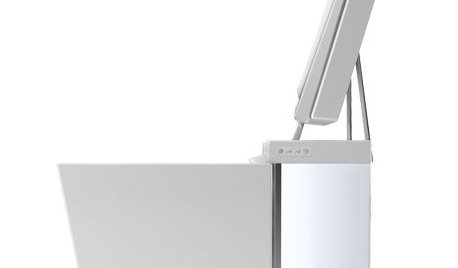
HOME TECHMeet the New Super Toilets
With features you never knew you needed, these toilets may make it hard to go back to standard commodes
Full Story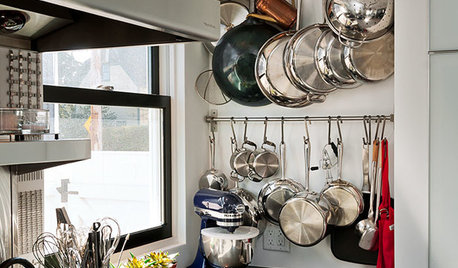
KITCHEN DESIGNHang 'Em or Hide 'Em: 10 Stylish Ways to Store Pots and Pans
Keep cookware neat and at the ready with racks, drawers and creative storage solutions
Full Story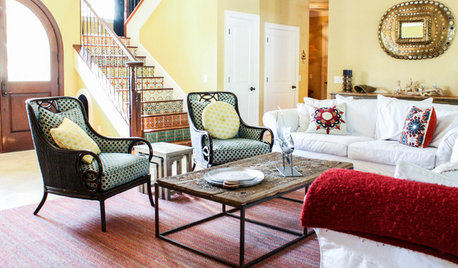
HOUZZ TOURSMy Houzz: Relaxing Mexican Resort Style in a Florida Home
Breezy and vibrant, this island home for a family of 7 has the air of their favorite retreat
Full Story
HOUSEPLANTS10 Top Plants to Grow Indoors
Brighten a room and clean the air with a houseplant that cascades artfully, stretches toward the ceiling or looks great on a wall
Full Story
WINDOWSSteel-Framed Windows Leap Forward Into Modern Designs
With a mild-mannered profile but super strength, steel-framed windows are champions of design freedom
Full Story






tapla (mid-Michigan, USDA z5b-6a)
yellowthumbOriginal Author
Related Professionals
Manorville Landscape Architects & Landscape Designers · Concord Landscape Contractors · Lewisville Landscape Contractors · Muttontown Landscape Contractors · Vashon Landscape Contractors · Antioch Landscape Contractors · North Hills Landscape Contractors · Los Angeles Solar Energy Systems · Moraga Solar Energy Systems · Goulds Window Contractors · Seminole Window Contractors · Vero Beach Window Contractors · Merriam Window Contractors · Kansas City Fence Contractors · Yorba Linda Fence ContractorsyellowthumbOriginal Author
bjs496
yellowthumbOriginal Author
lou_spicewood_tx
tapla (mid-Michigan, USDA z5b-6a)
lou_spicewood_tx
katskan41
bjs496
lou_spicewood_tx